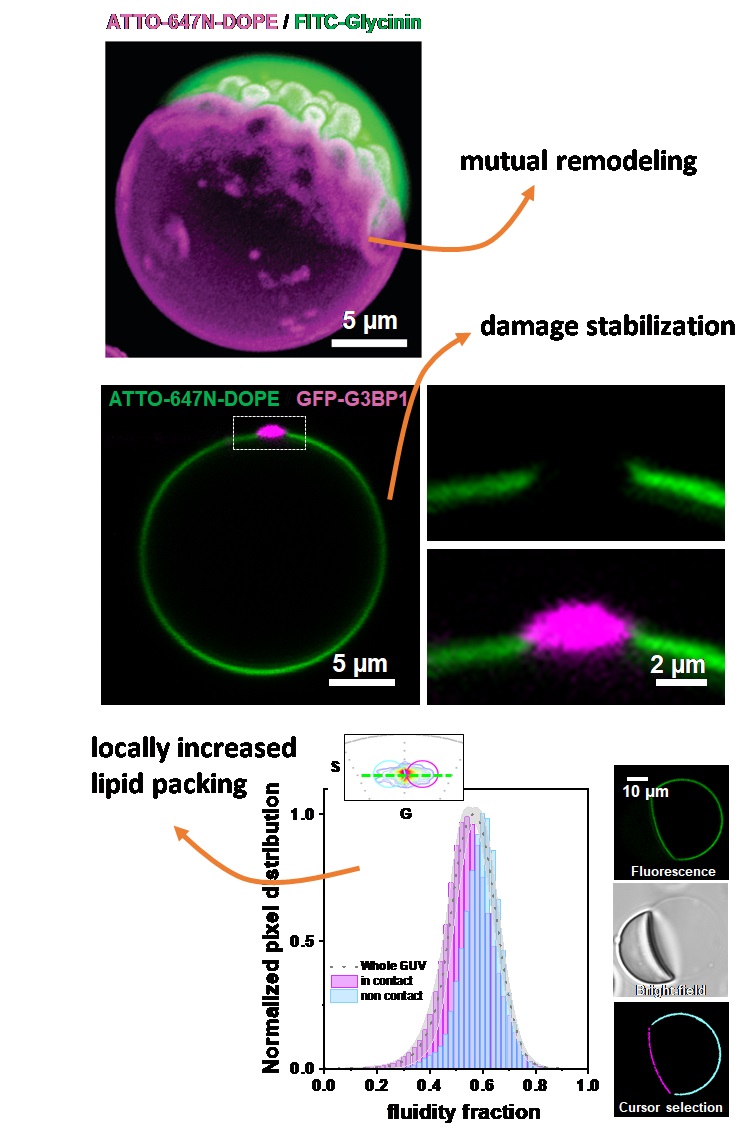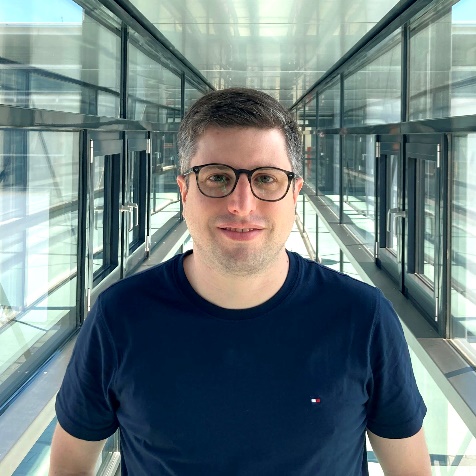SEMINAR 2024
Understanding the interaction of membranes and biomolecular condensates at the micro and nanoscale
| Speaker | Agustín Mangiarotti, Max Planck Institute of Colloids and Interfaces, Potsdam, Germany |
| Date/Time | Friday, 16 Aug, 11AM |
| Location | Conference room: S11-02-07 |
| Host | Prof Yan Jie |
Abstract
Membrane wetting by biomolecular condensates recently emerged as an important phenomenon in cell biology, playing a key role in diverse processes across different organisms. By performing a systematic analysis of the interaction of condensates formed by proteins, peptides, or polymers with giant unilamellar vesicles as model membranes, we demonstrated that these interactions can lead to wetting transitions and remodeling processes, governed by the interplay of adhesion, membrane elasticity, and interfacial tension [1]. Moreover, we show that condensate wetting can promote the stabilization of damaged membranes, uncovering a new mechanism for biomolecular condensates in cell physiology [2]. To delve deeper, we explored the interaction mechanism between condensates and membranes using nano-environmental sensors and state-of-the-art microscopy techniques combined with spectroscopy. These studies reveal that the protein structure within condensates, influenced by buffer conditions, dictates their overall mechanical properties. Furthermore, condensate wetting can modulate membrane lipid packing and hydration [3]. These findings hold significant implications for understanding organelle morphogenesis and dynamics, potentially leading to novel strategies for manipulating cellular processes.


Biography
Dr. Mangiarotti received his Ph.D. from the National University of Córdoba, Argentina, specializing in membrane biophysics. In 2021, he joined the Dimova group at the Max Planck Institute of Colloids and Interfaces in Germany after being awarded the prestigious Alexander von Humboldt postdoctoral fellowship. His work focuses on understanding the interactions between biomolecular condensates and lipid membranes across scales, combining advanced microscopy techniques with spectroscopy.
